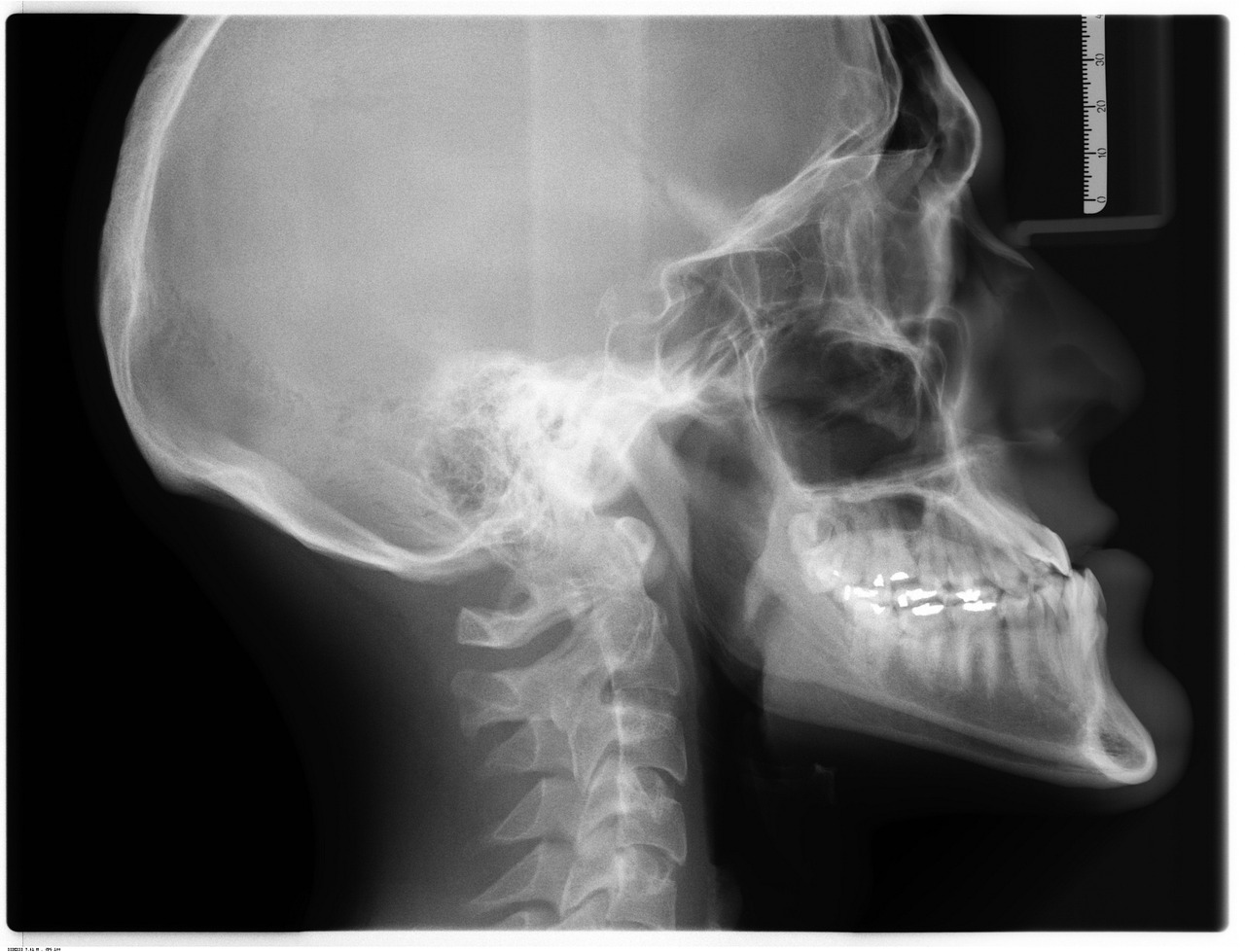The Role of Tech in Wildlife Conservation: Tracking, Monitoring, and Protection
Technological advancements play a crucial role in the field of wildlife conservation by providing researchers and conservationists with innovative tools to monitor, track, and protect endangered species. With the use of GPS tracking devices, drones, satellite imaging, and camera traps, experts are able to gather essential data on animal behavior, habitat usage, and population trends to better inform conservation strategies. These technologies offer a non-invasive approach to studying wildlife, allowing researchers to observe animals in their natural habitats without causing disruption or harm.
Additionally, the integration of data analytics and machine learning in wildlife conservation efforts has revolutionized the way researchers analyze vast amounts of information and predict future trends. By harnessing the power of artificial intelligence, conservationists are able to identify patterns, detect potential threats, and develop proactive conservation measures to safeguard vulnerable species. Technology not only enhances our understanding of wildlife ecosystems but also empowers conservationists to make informed decisions that contribute to the long-term preservation of biodiversity.
Advancements in Tracking Wildlife Populations
Tracking wildlife populations has significantly evolved with the integration of cutting-edge technology. One groundbreaking advancement is the utilization of GPS collars on animals, enabling researchers to collect precise location data in real-time. This technology provides invaluable insights into the movement patterns and habitat preferences of various species, crucial for effective conservation strategies.
Another notable development in tracking wildlife populations is the use of drones for aerial surveys. Drones offer a non-invasive way to monitor wildlife from above, capturing high-resolution images and videos for detailed analysis. This innovative approach allows researchers to observe animals in their natural habitat without disturbing or causing stress to them, providing a more comprehensive understanding of population dynamics and behavior.
How does technology play a role in wildlife conservation?
Technology plays a crucial role in wildlife conservation by providing researchers with tools to track, monitor, and study animal populations more effectively.
What are some of the advancements in tracking wildlife populations?
Some advancements in tracking wildlife populations include GPS collars, satellite tracking devices, camera traps, and drones.
How do GPS collars help in tracking wildlife populations?
GPS collars allow researchers to track the movements of individual animals in real-time, providing valuable data on migration patterns, habitat usage, and population dynamics.
What is the significance of using satellite tracking devices in wildlife conservation?
Satellite tracking devices enable researchers to monitor the long-distance movements of animals, such as migratory birds or marine mammals, across vast areas that are otherwise difficult to study.
How do camera traps aid in tracking wildlife populations?
Camera traps are remote cameras that capture images or videos of wildlife in their natural habitats, providing insights into animal behavior, population size, and distribution.
In what ways can drones be used for tracking wildlife populations?
Drones are increasingly being used to survey wildlife populations from above, allowing researchers to gather data on animal numbers, behavior, and habitat conditions from a bird’s-eye view.





